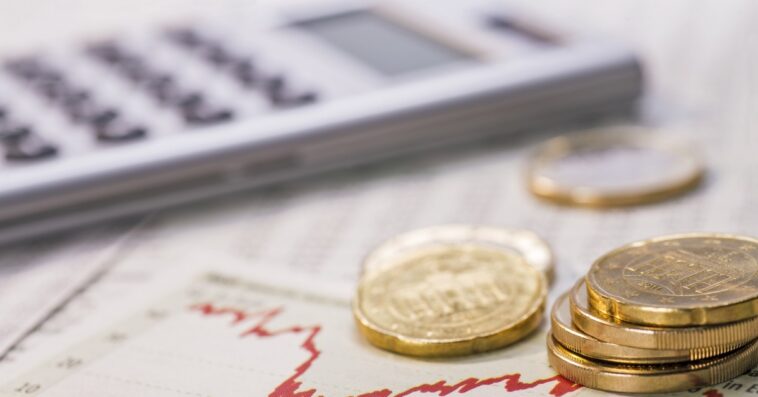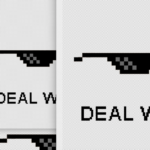Everything old is new again, and that includes investor complacency when it comes to inflation.
Ian Shepherdson, chief U.S. economist for the forecasting firm Pantheon, thinks that complacency is due to the anemic pace of price increases in recent years.
The same thing happened in the early 1960s – just before the double-digit inflation that spilled into the 1970s, he wrote in a report Monday.
That potential rise in inflation this time may be caused by the $1.9 trillion fiscal stimulus package recently signed into law by U.S. President Joe Biden as well as near-constant money printing by the Federal Reserve.
“Our point here is that it is possible that the U.S. is now on the verge of a major shift in inflation to the upside, from a starting point almost as low – and with low expectations as deeply embedded – as in the mid-sixties,” he wrote.
The current pace of consumer price increases isn’t remotely troubling, at less than 2%. However, there are investors who are concerned, as evidenced by their buying bitcoin as a hedge.
While not specifically mentioning bitcoin, he warned, “Very few of today’s bond portfolio managers and traders can remember the last inflation shock, but that does not make a new shock less
likely.”
Consider what happened 60 years ago, Shepherdson writes:
- The inflation trigger in the second half of the 1960s was the cost of the Vietnam War and President Lyndon B. Johnson’s “Great Society” domestic spending, according to Shepherdson. Later, the price increases accelerated due to the oil price shocks of the first half of the 1970s as well as loose Federal Reserve monetary policy.
- Core consumer price inflation (CPI), which excludes food and energy, rose from 1.3% in 1965 to 3.5% in 1967, and then powered on to 6.2% in 1970 – a shock to investors who failed to position for higher inflation.
- “Then it happened all over again, as core inflation rocketed to new highs, peaking at 11.7% in February 1975,” Shepherdson wrote.
- “By the time of the third inflation surprise, in [1979-1980], investors were much wiser. Core inflation was even higher than in 1975, peaking at 13.3% in May 1980, and the recession was deeper.”
- The trigger for higher inflation this time around could be the gigantic fiscal response to the COVID-19 pandemic, according to Shepherdson. While an inflation shock similar to that of the 1960s doesn’t happen often, one may be long overdue.
- “Investors usually expect tomorrow to look like today, so major shifts [such as inflation] are often downplayed for too long,” Shepherdson wrote.
- “We can’t go back and read the minds of the owners of [Treasury bonds] in 1964, but we’re happy to assume that most of them had no inkling of what was to come.”
- “Anyone who took this view and positioned their portfolio accordingly suffered mightily over the next few years – actually, the next 20 or so years – as inflation soared.”

https://www.coindesk.com/nobody-saw-inflation-1960s-double-digit-price-rises




